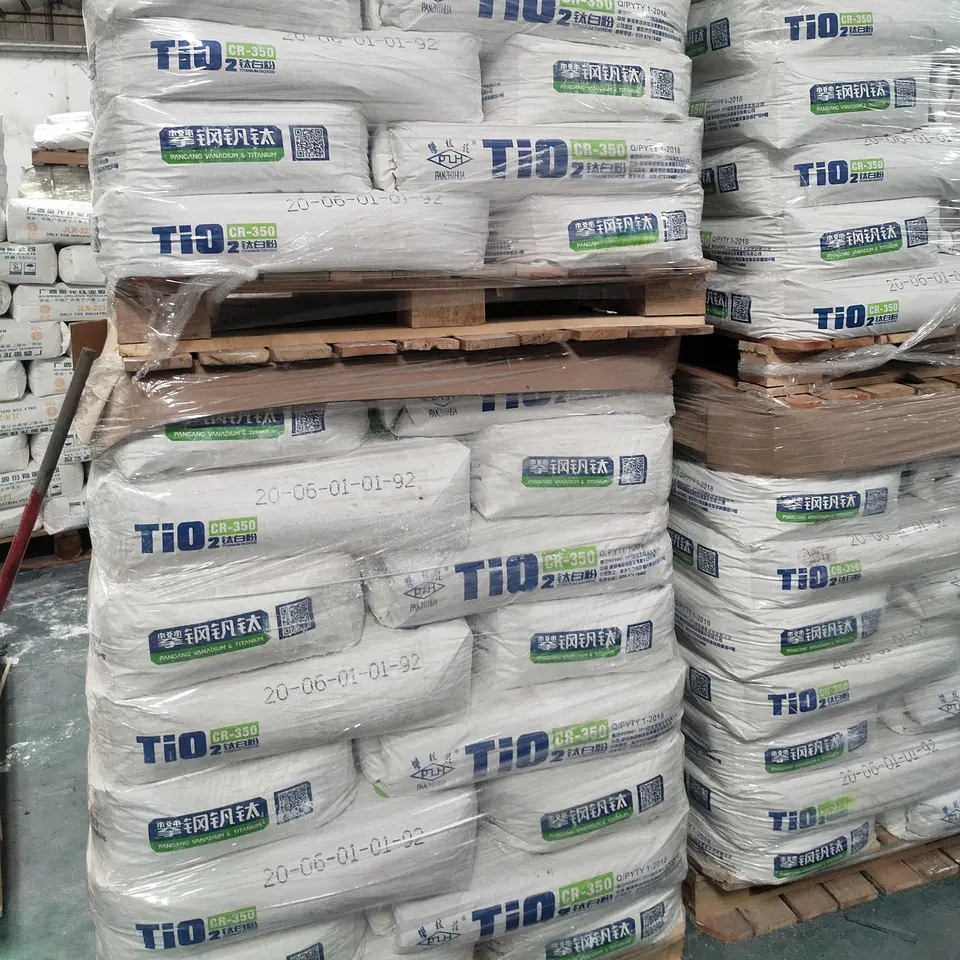
8 月 . 15, 2024 16:02 Back to list
Titanium Dioxide Applications in Pharmaceutical Manufacturing and Its Impact on Product Quality and Safety
Titanium Dioxide in Pharmaceutical Manufacturing
Titanium dioxide (TiO2) is a widely utilized compound in various industries, and its application in pharmaceutical manufacturing has gained significant attention in recent years. Known for its high opacity and brightness, TiO2 serves not only as a pigment but also plays a crucial role in the formulation of medications. This article explores the functions and benefits of titanium dioxide in the pharmaceutical sector, as well as considerations for manufacturers.
Role and Functions of Titanium Dioxide
In pharmaceutical formulations, titanium dioxide primarily serves as an excipient. Excipients are inactive substances that serve as the vehicle for the active ingredients in medications. TiO2's unique properties make it an ideal choice in this role due to its excellent stability and inertness. It can enhance the aesthetic appeal of medications through its whitening effect, making tablets and capsules more visually attractive, which can positively influence patient compliance.
Moreover, titanium dioxide is often used in the production of film coatings for tablets and capsules. These coatings not only improve the appearance of the dosage forms but also provide protection against environmental factors such as moisture and light, which can degrade the active pharmaceutical ingredient (API). By forming a barrier, TiO2 enhances the shelf life of medications and maintains their potency.
Another essential function of titanium dioxide is its role in microencapsulation. This process allows for the controlled release of active ingredients, which can be critical for maintaining therapeutic efficacy. By encasing the API in a TiO2 matrix, manufacturers can ensure that the drug releases at a predetermined rate and targets specific areas within the gastrointestinal tract. This is particularly useful for drugs that require localized delivery or those that are sensitive to degradation in the acidic environment of the stomach.
Benefits for Manufacturers
titanium dioxide used in medicine manufacturers

Using titanium dioxide in pharmaceutical manufacturing offers numerous advantages. Its chemical inertness means it does not interact with the active pharmaceutical ingredients, ensuring the stability and effectiveness of the final product. Additionally, TiO2 can be sourced easily, making it a cost-effective option for manufacturers.
The regulatory status of titanium dioxide as a safe excipient further encourages its use in medication production. Organizations such as the U.S. Food and Drug Administration (FDA) and the European Medicines Agency (EMA) have recognized its safety when used within specified limits, providing reassurance to both manufacturers and consumers.
Considerations and Challenges
While the advantages of titanium dioxide are significant, manufacturers must also consider public concerns surrounding its safety. Recent controversies have emerged regarding the inhalation risks of titanium dioxide in powdered forms, prompting some regulatory bodies to review its use in certain applications. Consequently, pharmaceutical manufacturers need to remain informed about evolving regulations and public sentiments surrounding the use of TiO2.
Additionally, as consumer demand for clean-label products rises, there is increasing pressure on manufacturers to evaluate the necessity of using certain excipients, including titanium dioxide. This trend may lead to a shift in formulation strategies and a search for alternative compounds that can fulfill similar roles while addressing consumer health concerns.
Conclusion
Titanium dioxide plays a vital role in pharmaceutical manufacturing, providing benefits such as enhanced stability, controlled release, and improved aesthetic appeal for medications. While its use remains widely accepted, manufacturers must remain vigilant and responsive to regulatory developments and consumer preferences. By balancing efficacy, safety, and customer expectations, pharmaceutical companies can continue to leverage titanium dioxide effectively, ensuring that their products meet the high standards of both quality and safety in today's competitive market.
-
Lithopone for Plastic & TiO2 R-5568/SK-6658 Masterbatch Solutions
NewsMay.30,2025
-
China Leading Rutile TiO2 Manufacturer - R5566 & R996 Grades Available
NewsMay.30,2025
-
High-Purity Anatase & Rutile TiO2 Powder Trusted Manufacturer
NewsMay.30,2025
-
High-Purity Anatase Products Trusted Supplier & Manufacturer
NewsMay.29,2025
-
Best Price Eco-Friendly Rutile TiO2 Supplier & Wholesale Factory
NewsMay.29,2025
-
Chinese Anatase Titanium Dioxide for Ceramic Glaze Reliable Supplier
NewsMay.29,2025
